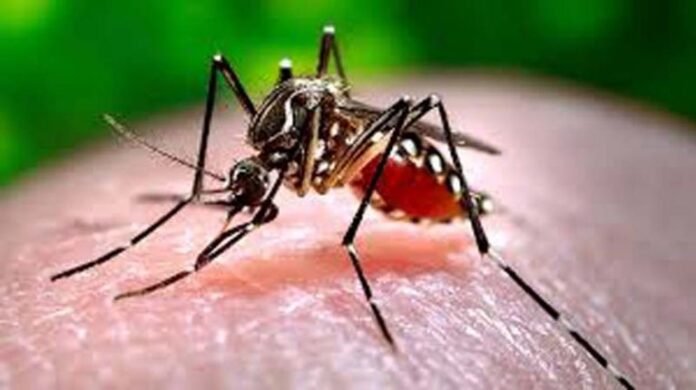A new study has found that rising temperatures consistently promote the spread of dengue, while rainfall could either increase or decrease the spread, depending on the length of the dry season a region has experienced. The research, published in the journal Science, examines how temperature and rainfall interact and influence the transmission of the disease.
- Climate Change and Dengue Outbreaks
As warmer, humid conditions driven by climate change contribute to dengue outbreaks, the disease has begun affecting countries that were previously free of it. Researchers from Korea Advanced Institute of Science and Technology and the Institute for Basic Science emphasized the importance of local climate conditions in the spread of dengue, calling for tailored strategies to prevent the disease in different regions. - Temperature’s Role in Disease Spread
Dengue, a viral infection caused by the bite of an infected mosquito, is most common in the tropical and sub-tropical climates, particularly in urban and semi-urban areas. The study focused on 16 regions of the Philippines, examining data from 2015 to 2019, and found a consistent link between higher temperatures and increased dengue cases across the regions. - Rainfall’s Impact Varies by Region
While rainfall typically promotes the spread of dengue in eastern regions of the Philippines, its effects were found to decrease in the western regions. The researchers identified a critical factor that determines how rainfall influences dengue transmission: the variation in dry season length, or how long a dry season lasts before the arrival of rain. - Flushing Out vs. Creating Breeding Sites
In areas with shorter dry seasons, rainfall helps flush out stagnant water, reducing the number of mosquito breeding sites and thereby suppressing dengue spread. However, in regions with longer or more variable dry seasons, sporadic rainfall can create new breeding sites, allowing mosquito populations to grow and increasing dengue cases. - Global Implications and Future Research
The researchers extended their study to Puerto Rico, using data from municipalities such as San Juan, Adjuntas, and Ponce between 1986 and 2005. The findings in Puerto Rico mirrored those in the Philippines, confirming that temperature consistently drives dengue outbreaks, while rainfall’s effect varies depending on the region’s dry season length. - Tailored Prevention Strategies
The authors concluded that these findings underscore the need for climate-specific prevention strategies to tackle mosquito-borne diseases. Rather than relying on a one-size-fits-all approach, the study suggests that strategies must be adapted to the local climate conditions to effectively control the spread of diseases like dengue.
“This research provides crucial insights into how climatic factors influence dengue transmission, helping us better understand how climate change may affect mosquito-borne diseases globally,” said Olive R. Cawiding, the first author of the study.




